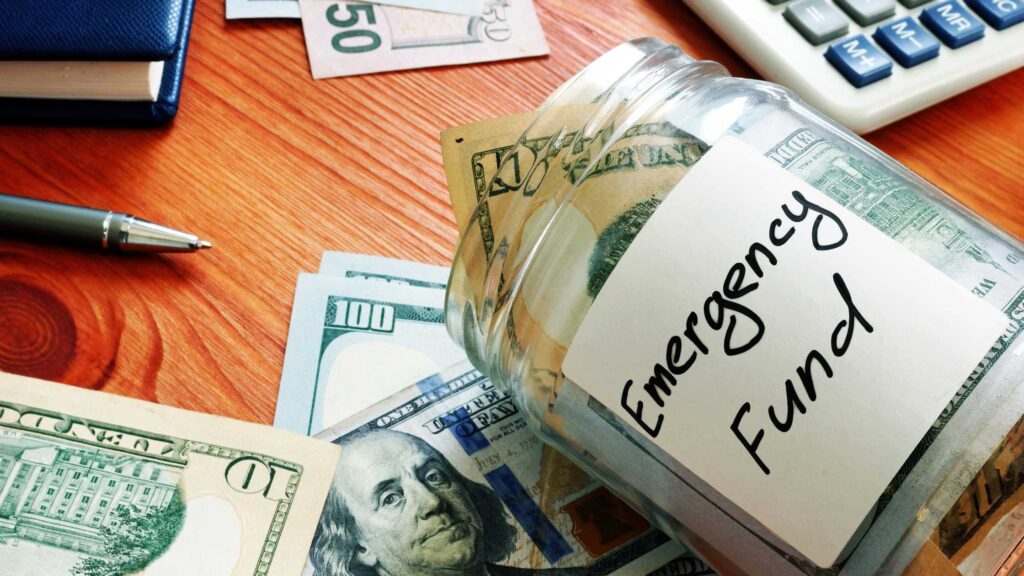Introduction
In today’s unpredictable world, it’s essential to be prepared for unexpected financial challenges. One way to safeguard your financial stability is by building an emergency fund. An emergency fund serves as a safety net, providing the necessary funds to tackle unforeseen circumstances without resorting to debt. In this article, we will explore the essential aspects of building and maintaining an emergency fund, including saving strategies, fund allocation, and the benefits it offers in times of crisis.
Why is an Emergency Fund Important?
Avoiding Debt and Financial Stress
Unanticipated expenses, such as medical emergencies, car repairs, or sudden job loss, can have a devastating impact on your financial well-being. Relying on credit cards or loans may provide temporary relief, but it often leads to a cycle of debt and financial stress. An emergency fund acts as a buffer, allowing you to cover these unexpected costs without resorting to borrowing.
Maintaining Financial Stability
Having a financial safety net in the form of an emergency fund provides peace of mind. It allows you to navigate through challenging times while maintaining your financial stability. This stability is crucial for your overall well-being and ensures that you can meet your everyday needs without worry.
Seizing Opportunities
Life is full of opportunities, some of which may require immediate financial resources. By having an emergency fund, you can seize these opportunities without hesitation. Whether it’s starting a new business, investing in a promising venture, or taking advantage of a once-in-a-lifetime deal, having readily available funds enables you to make the most of these opportunities.
Building Your Emergency Fund
Set a Goal
The first step in building an emergency fund is to set a savings goal. A common guideline is to aim for at least three to six months’ worth of living expenses. However, the ideal amount may vary based on your individual circumstances. Consider factors such as job stability, health concerns, and available support systems when determining your goal.
Make Saving a Priority
To accumulate the necessary funds, it’s crucial to make saving a priority. Treat it as a regular expense by incorporating it into your budget. Set aside a fixed amount each month and automate the process if possible. Additionally, look for opportunities to trim unnecessary expenses and redirect those savings towards your emergency fund.
Save Strategically
While saving any amount is a step in the right direction, there are strategies to optimize your efforts. Consider allocating a portion of windfalls, tax refunds, or bonuses directly into your emergency fund. Additionally, look for ways to increase your income, such as taking on a side gig or freelancing. By being intentional with your savings, you can accelerate the growth of your emergency fund.
Where to Keep Your Emergency Fund
When it comes to storing your emergency fund, accessibility and safety are key factors to consider. While functionality varies based on individual preferences, consider options like high-yield savings accounts, money market accounts, or no-penalty certificates of deposit (CDs). These options provide a balance between liquidity and higher interest rates.
Protecting Your Emergency Fund
While an emergency fund is meant to be accessible, it’s important to protect it from unnecessary spending. Consider keeping your emergency fund in a separate account or with a different bank to reduce the temptation of using it for non-emergency purposes. Aim to keep it easily accessible but separate from your everyday spending accounts.
Benefits of an Emergency Fund
Peace of Mind
Knowing that you have a cushion to fall back on during unexpected financial challenges is invaluable. It provides a sense of security and peace of mind knowing that you can handle unforeseen circumstances without significant financial strain.
Avoiding Debt and Interest
By having an emergency fund, you decrease your reliance on credit cards and loans, which often come with high-interest rates. This allows you to avoid accumulating unnecessary debt and the accompanying financial burden.
Opportunity for Financial Growth
Building an emergency fund is not just about being prepared for emergencies. It also creates a foundation for future financial growth. With a solid safety net in place, you can focus on long-term planning, such as investing for retirement or pursuing other financial goals.
Summary
In conclusion, building an emergency fund is an essential step towards preparedness for unexpected financial challenges. It helps you avoid debt, maintain financial stability, and seize opportunities. By setting a goal, making saving a priority, and saving strategically, you can gradually build your emergency fund. Choose an appropriate storage option and protect it from unnecessary spending. Enjoy the peace of mind, debt avoidance, and the ability to pursue future financial growth that an emergency fund provides.







